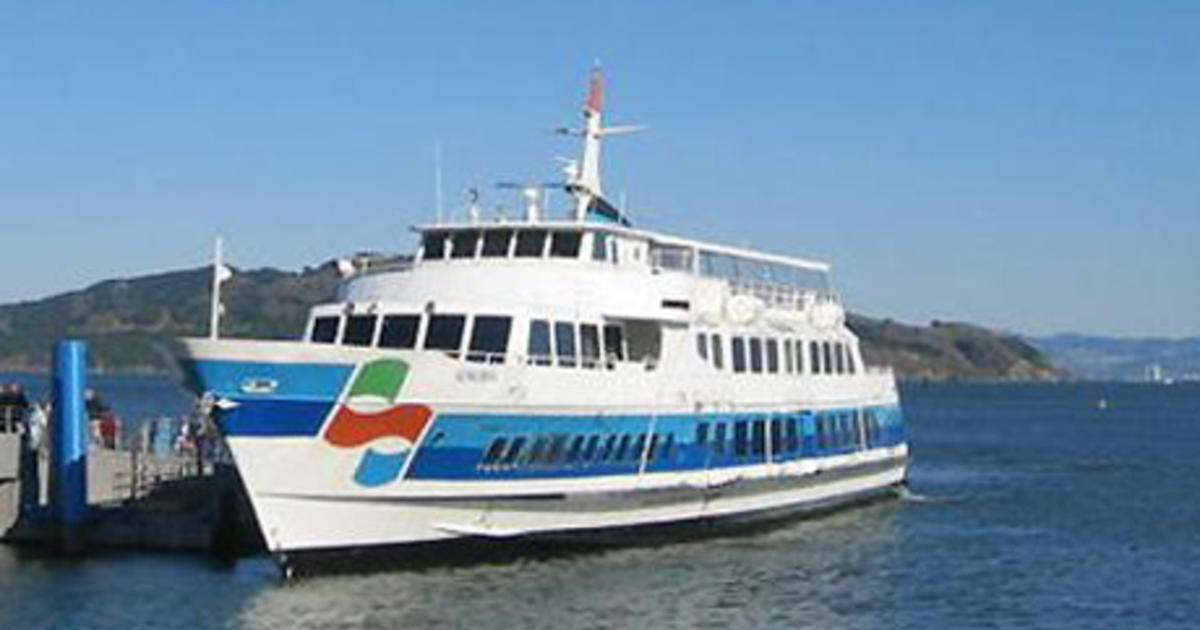Anticipation grows for rare April 8 solar eclipse, but Bay Area lies well outside path of totality
There's a lot of excitement building for next month's total solar eclipse. But before you dust off your eclipse goggles, you're going to have to plan a trip to experience the full extent of this rare celestial event.
Many stargazers say it will be worth it.
Cal Poly physics graduate Kaitlin McArdle works in San Francisco as an exhibit developer at the Exploratorium. She has already planned her trip to see the total eclipse on April 8.
When asked when she made her reservations, she replied, "Not as early as I should have!"
She is not alone. Millions have planned to travel to experience the eclipse in totality.
Dr. Noah Petro with NASA experienced his first total eclipse in 2017.
"I found that it was remarkable how many people kinda didn't get what the big deal was until they got what the big deal was. Then, it was amazing," said Dr. Petro.
"It is absolutely unforgettable," said Emma Sturdevant, who also works at the Exploratorium and saw the 2017 eclips. "I would love to experience it again."
For the last time in decades, the sun and moon will be in perfect alignment to cast a shadow 115 miles wide. The total eclipse will be visible off the coast of Mazatlan in Mexico, with the path of totality crossing the border into Texas before it sweeps diagonally up through the U.S. into New England and into the Canadian Maritimes.
43 million people live within the narrow path of totality. Unfortunately, Bay Area residents are not among them.
"From the San Francisco Bay Area, we will not see totality. You have about 30-25% of an eclipse. Which, again, is a is a nice nudge, a reminder that we are in this nice dynamic environment between the earth, the moon, and the sun," said Dr. Petro. "But you've got to be in the path to totality to really, I think, feel it."
McArdle agreed whole heartedly.
"The partials are cool. The totality is amazing. Like, actual amazement," she said. "Nothing like it at all. I would want to see as many total solar eclipses as I possibly can in my life."
At this point, airfare to totality is hovering at around $1,000. Of course, there is also the option to drive for 25 hours, but that still only gets a viewer four minutes of totality.
For those who don't make the trek, it's a long wait until 2045, when the next total eclipse makes landfall in the U.S.
"If you haven't seen it, you haven't seen anything," said Dr. Petro.




